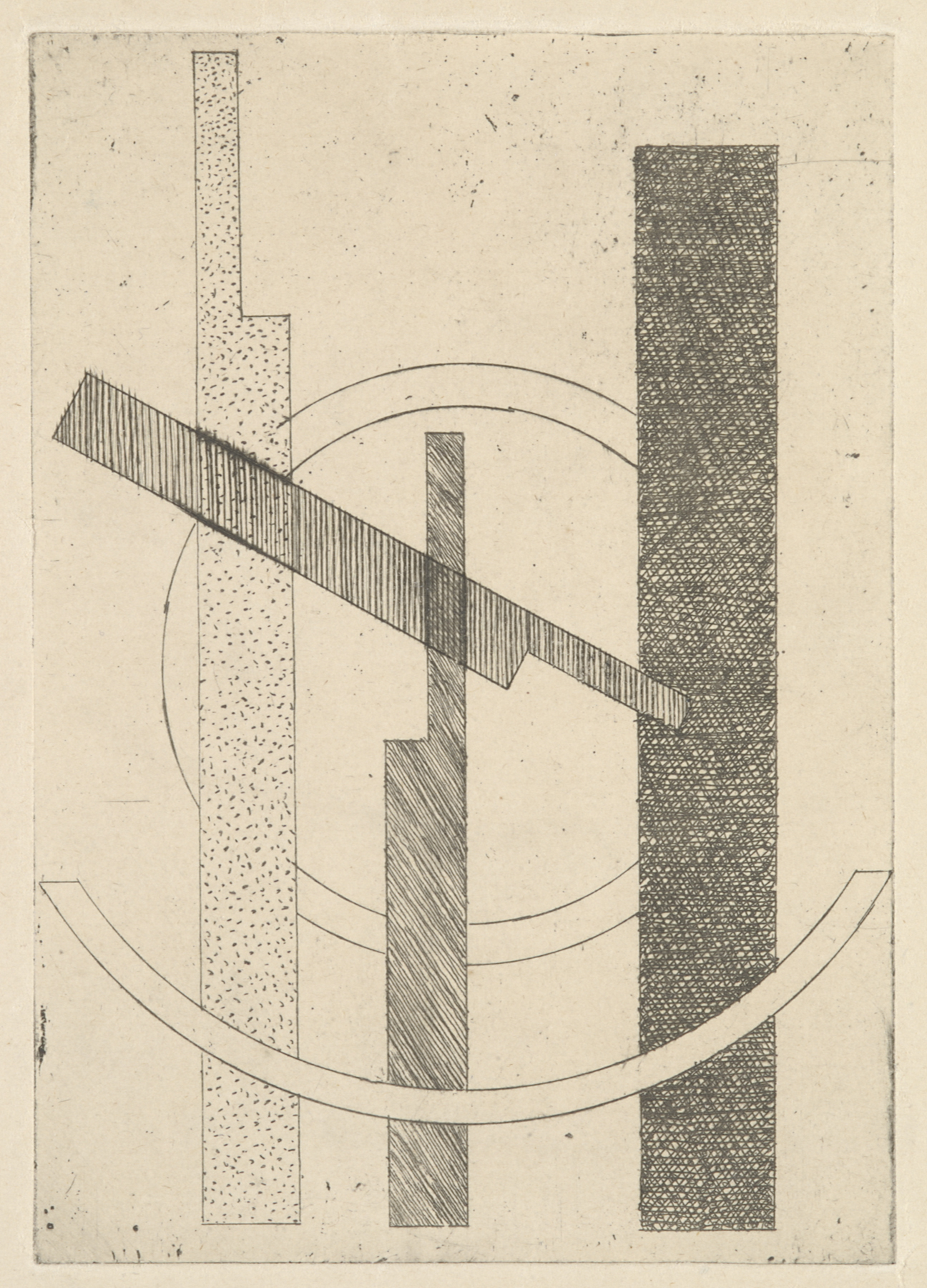untitled, László Moholy-Nagy
Artwork Overview
László Moholy-Nagy, artist
1894–1946
untitled,
1921
Where object was made: United States
Material/technique: etching; wove paper
Dimensions:
Image Dimensions Height/Width (Height x Width): 146 x 102 mm
Image Dimensions Height/Width (Height x Width): 5 3/4 x 4 in
Sheet/Paper Dimensions (Height x Width): 293 x 243 mm
Sheet/Paper Dimensions (Height x Width): 11 9/16 x 9 9/16 in
Mat Dimensions (Height x Width): 19 x 14 in
Image Dimensions Height/Width (Height x Width): 146 x 102 mm
Image Dimensions Height/Width (Height x Width): 5 3/4 x 4 in
Sheet/Paper Dimensions (Height x Width): 293 x 243 mm
Sheet/Paper Dimensions (Height x Width): 11 9/16 x 9 9/16 in
Mat Dimensions (Height x Width): 19 x 14 in
Credit line: Gift of MaryBelle Bowman in memory of Leah Nolan
Accession number: 1987.0032
Not on display
If you wish to reproduce this image, please submit an image request


